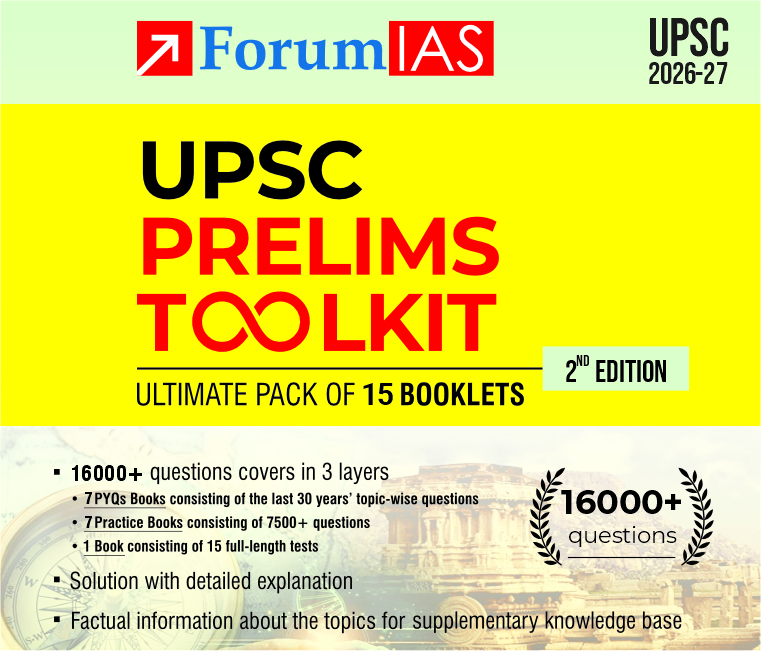News: NASA’s PUNCH Mission has been in news due to its groundbreaking approach to studying the Sun’s atmosphere and space weather.

About Polarimetry to Unify the Corona and Heliosphere (PUNCH) mission
- It is an advanced solar observation project designed to study the Sun’s outer atmosphere, track the origins of solar winds, and analyze Coronal Mass Ejections (CMEs).
- It is the first solar mission designed specifically to use polarisation of light to measure the Sun’s corona and solar wind in 3D.
- The mission aims to study the Sun’s corona and its transition into solar wind using advanced imaging techniques.
Objectives
- To continuously observe and track solar winds and CMEs as they travel through space.
- To improve space weather predictions, helping protect Earth’s satellite-based communication, GPS navigation, and power grids from solar disturbances.
- To investigate the forces and energies responsible for accelerating solar winds and CMEs.
- To contribute to better understanding of interplanetary space dynamics by studying how solar materials evolve as they move through the solar system.
Mission Design and Instruments
- PUNCH consists of four identical, suitcase-sized satellites, each weighing approximately 64 kg.
- The mission will deploy three Wide Field Imagers (WFI) and one Narrow Field Imager (NFI) to capture high-resolution images of the Sun’s corona.
- Each camera will take polarised images every four minutes and unpolarised images every eight minutes, allowing scientists to create a detailed 3D representation of the solar wind and corona.
- The four satellites will function as a single, virtual instrument, providing continuous, large-scale imagery of the Sun’s outer atmosphere.
Significance of the PUNCH Mission
- The mission will provide critical data for understanding solar activity and its effects on space weather, benefiting both Earth and future space exploration missions.
- By offering real-time, high-resolution observations, PUNCH will enhance scientists’ ability to predict and mitigate the effects of solar storms.
- Unlike previous solar missions that focused on specific regions, PUNCH will provide a continuous, large-scale view of the corona and heliosphere.






